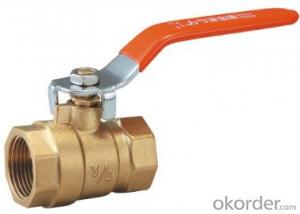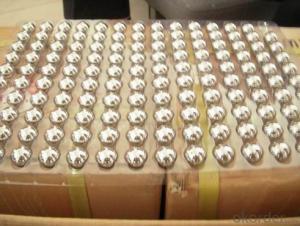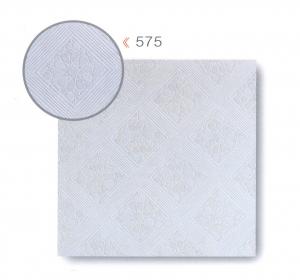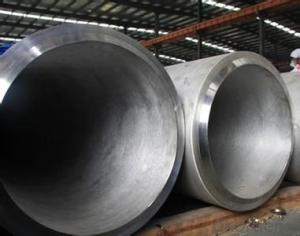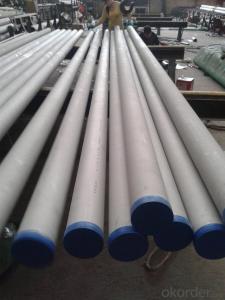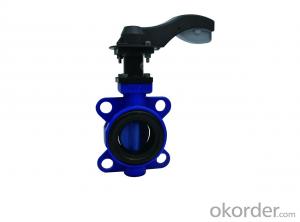Marine Stainless Steel Grades
Marine Stainless Steel Grades Related Searches
Best Paint For Stainless Steel Blanket Insulation For Steel Buildings Primer For Galvanized Steel Foam Filter For Stainless Steel H S Code For Stainless Steel Surface Grinding Wheels For Stainless Steel Surface Grinding Wheels For Hardened Steel Hole Saw For Stainless Steel Paint For Stainless Steel Stainless Steel For BbqHot Searches
Steel Mesh Panels For Sale Price For Stainless Steel Scrap Scrap Price For Stainless Steel Price For Stainless Steel Stainless Steel Tank For Sale Stainless Steel Sheets For Sale Cheap High Tea Sets For Sale Stainless Steel Tanks For Sale Stainless Steel For Sale High Density Fiberboard For Sale Solar Hot Water Collectors For Sale Scaffolding For Sale In Uae Scaffolding For Sale In Ireland Scaffolding For Sale In Houston Type Of Inverter For Solar Price Of Shipping Containers For Sale Types Of Inverter For Solar Stock Price For Aluminum Used Solar Inverter For Sale Steel Mesh Panels For SaleMarine Stainless Steel Grades Supplier & Manufacturer from China
Okorder.com is a professional Marine Stainless Steel Grades supplier & manufacturer, offers integrated one-stop services including real-time quoting and online cargo tracking. We are funded by CNBM Group, a Fortune 500 enterprise and the largest Marine Stainless Steel Grades firm in China.Hot Products
FAQ
- There are several benefits of using embossed stainless steel sheets. Firstly, embossed stainless steel sheets offer enhanced aesthetic appeal. The embossed patterns on the surface of the stainless steel sheet add a unique texture and visual interest to any space. This can help to create a more visually appealing and modern look in both residential and commercial settings. Additionally, embossed stainless steel sheets provide increased durability and strength. Stainless steel is already known for its excellent resistance to corrosion, staining, and wear. The embossing process further enhances the strength and durability of the sheets, making them suitable for high traffic areas or areas where there is a risk of damage or impact. Another benefit of using embossed stainless steel sheets is their versatility. These sheets can be used in a wide range of applications, including wall cladding, elevator panels, kitchen backsplashes, furniture, and architectural features. They can be easily cut and shaped to fit different design requirements, making them a versatile choice for various projects. Furthermore, embossed stainless steel sheets are easy to clean and maintain. The smooth surface of the embossed patterns makes it easier to wipe away dirt, grime, and fingerprints, ensuring a clean and hygienic surface. This is especially beneficial in areas where cleanliness is a priority, such as kitchens or healthcare facilities. Lastly, embossed stainless steel sheets are environmentally friendly. Stainless steel is a highly sustainable material as it is 100% recyclable, and the embossing process does not generate any waste or harmful byproducts. This makes embossed stainless steel sheets an eco-friendly choice for those looking to reduce their carbon footprint and contribute to a greener environment. In conclusion, the benefits of using embossed stainless steel sheets include enhanced aesthetic appeal, increased durability and strength, versatility in applications, easy maintenance, and eco-friendliness. These sheets are a great choice for those seeking a durable, stylish, and sustainable material for their projects.
- The typical thickness range for stainless steel sheets varies depending on the specific application and requirements. However, stainless steel sheets are commonly available in thicknesses ranging from 0.4mm to 6mm. Thinner sheets, such as those in the 0.4mm to 1mm range, are often used for decorative purposes or in applications that require flexibility. Thicker sheets, on the other hand, are commonly used in structural or industrial applications where strength and durability are crucial. It is important to note that these thickness ranges are not exhaustive, and customized stainless steel sheets can be manufactured to meet specific project requirements.
- The width range available for stainless steel sheets can vary depending on the supplier, but it typically ranges from 36 inches to 72 inches.
- What's the difference between stainless steel hot rolling and cold rolling?
- The difference between hot rolling and cold rolling of stainless steel is that cold rolling is rolled on the basis of hot rolling.
- Yes, stainless steel sheets are resistant to humidity. Stainless steel is known for its excellent corrosion resistance properties, which includes resistance to moisture and humidity. This makes stainless steel sheets a suitable material for various applications in humid environments such as kitchens, bathrooms, and outdoor structures. The chromium content in stainless steel creates a protective layer of chromium oxide on the surface, which acts as a barrier against moisture, preventing it from penetrating the material and causing corrosion. Additionally, stainless steel sheets are often used in industries like food processing and pharmaceuticals where cleanliness and hygiene are crucial, and their resistance to humidity ensures their durability and longevity in such environments. Overall, stainless steel sheets are a reliable and durable option for humid conditions due to their inherent resistance to moisture and corrosion.
- The weight of a stainless steel sheet can vary depending on its dimensions and thickness. Stainless steel has a density of around 8 grams per cubic centimeter, so to calculate the weight of a sheet, you would need to know the length, width, and thickness of the sheet. By multiplying these dimensions together and then multiplying by the density, you can determine the weight of the stainless steel sheet. For example, a 4-foot by 8-foot stainless steel sheet with a thickness of 1/8 inch would weigh approximately 56 pounds. It is important to note that these calculations are approximate and may vary slightly depending on the exact composition and grade of the stainless steel.
- Several measures can be implemented to prevent stress corrosion cracking in stainless steel sheets. Firstly, it is crucial to select the appropriate grade of stainless steel that is resistant to stress corrosion cracking. While commonly used grades like 304 and 316 have good resistance, more aggressive environments may require specialized alloys such as duplex stainless steels or high nickel alloys. In addition, controlling the environment surrounding the stainless steel sheets is important. This involves avoiding exposure to corrosive agents like chlorides, sulfides, and acids. Proper pH levels and temperature should also be maintained to minimize the risk of stress corrosion cracking. Proper fabrication and handling techniques should be followed to prevent the introduction of stress that can lead to cracking. Unnecessary bending, cold working, or overloading should be avoided. Proper storage and handling techniques should also be employed to prevent surface contamination or damage that may facilitate stress corrosion cracking. Applying protective coatings or passivation treatments can enhance the corrosion resistance of stainless steel sheets. These treatments create a passive oxide layer on the surface that acts as a barrier against corrosive agents, reducing the risk of stress corrosion cracking. Stress relief heat treatment can be performed on stainless steel sheets to remove residual stresses induced during fabrication. This involves heating the sheets to a specific temperature and holding it for a certain period, followed by slow cooling. Stress relief heat treatment helps to minimize the risk of stress corrosion cracking by reducing internal stress levels. Regular inspection and maintenance are essential to identify any signs of stress corrosion cracking at an early stage. This allows for timely repairs or replacements to prevent further damage. Proper maintenance practices such as cleaning, removing deposits, and ensuring proper drainage can also contribute to the prevention of stress corrosion cracking. By following these preventive measures, the risk of stress corrosion cracking in stainless steel sheets can be significantly reduced, ensuring the durability and integrity of the material in various applications.
- Stainless steel sheets are typically able to resist hydrochloric acid. The corrosion resistance of stainless steel is well-known, as it has been proven to endure various types of acids, including hydrochloric acid. Nevertheless, the level of resistance may differ depending on the stainless steel's grade and composition. Extended exposure to concentrated hydrochloric acid or elevated temperatures may result in corrosion or harm. Hence, it is advisable to seek guidance from a stainless steel expert or consult the corrosion resistance chart for the specific stainless steel grade to ascertain the appropriateness of stainless steel sheets for a specific application involving hydrochloric acid.

















